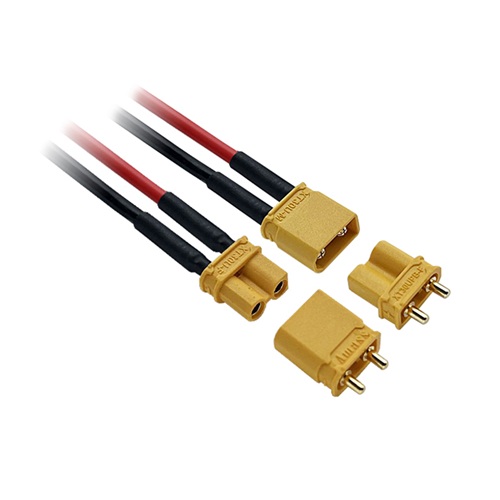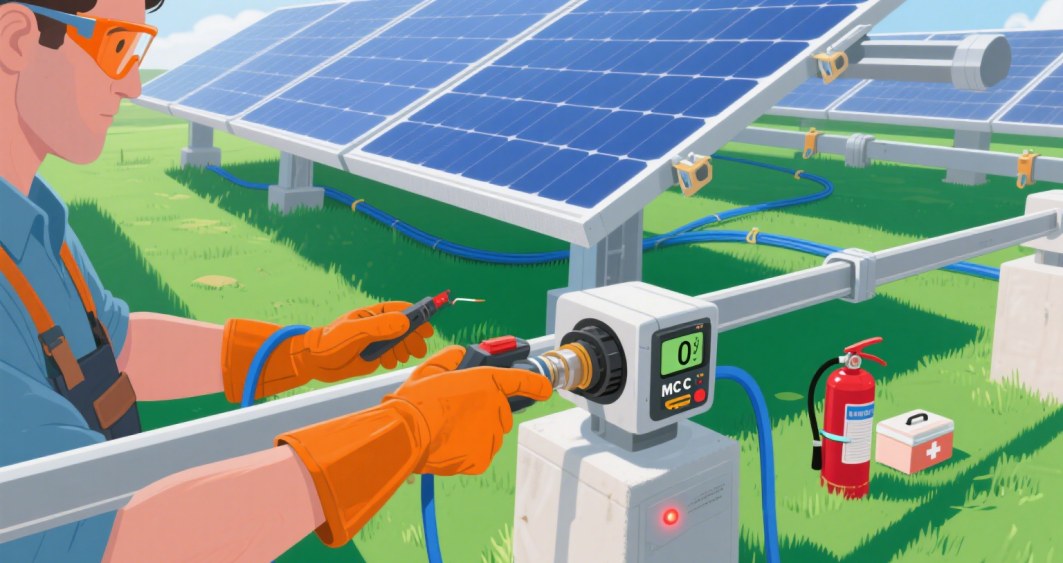In Australia or the Middle East, the ultraviolet (UV) radiation is especially strong — prolonged outdoor sun exposure easily causes cable sheaths to age, crack, or even break. In outdoor lighting installations, the cable sleeving often overlooked is actually very important.

You might think:"Sleeving is just something you wrap around the wiring and that's it,” but in fact, especially in outdoor lighting installations, the choice of sleeving is very critical. If the sleeving is not UV‑resistant, the cable will very quickly yellow, become brittle or crack. If the cable is exposed for long periods and the sleeving is not sufficiently rugged, water, dust or wind‑blown sand will damage the wiring. Sleeving is not just about protecting the cable — it is key to ensuring that the lighting installation is safe, looks good and is easy to install.
Many customers or designers like to choose white sleeving because it looks nice, but they also need to balance long‑term stability and UV‑resistant protection to ensure the lighting installation is safe and durable.
Choosing UV‑resistant PET material allows for long‑term outdoor use, maintaining high weathering resistance, preventing yellowing, brittleness or cracking, thus extending the service life of the lighting installation. The sleeving can tightly protect the cables, while maintaining a neat appearance and blending highly with the lighting fixtures or environment colours. White sleeving also has reflective properties, which can enhance light scattering effect, making light and shadows softer and more layered. PET material is lightweight, has excellent abrasion resistance and flexibility, can adapt to curved wiring and complex installation structures, and at the same time protects the internal cable from mechanical abrasion.
Cable protection sleeving is not only about safety, but also about the visual effect of the project and installation efficiency.
However, white sleeving is harder to make than black sleeving. The natural colour of PET sleeving is usually black or a transparent light shade. In industry, most standard PET sleeving, to achieve the best UV‑resistance, heat resistance and flame retardancy, are produced with black carbon‑black pigment added — this gives natural UV protection and best durability.
White sleeving looks nicer, but must add white pigment or filler — these pigments are generally titanium dioxide or similar colourants, used to give the sleeving a white exterior. After adding pigment, the material may impact some performance indicators, for example:
-
Abrasion resistance: the fibre strength may be slightly lower than the black version
-
Flame retardancy: some pigments may reduce high‑temperature or burn ratings
-
UV weathering: extra UV stabiliser must be added, otherwise long‑term outdoor use will lead to yellowing or brittleness
The price is usually somewhat higher, because additional pigment and material optimisation are required to ensure the white sleeving can still be used long‑term outdoors. In short: if you pursue appearance, you must pay some cost — and be aware that performance may be somewhat weaker than the black sleeving.








